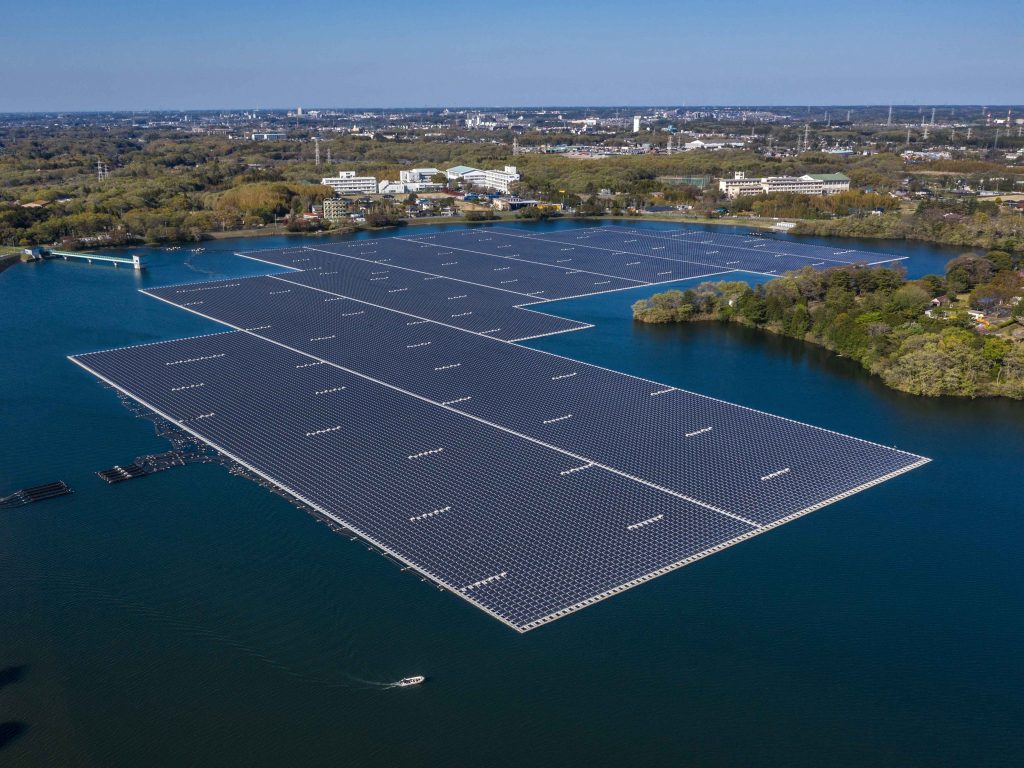First to green ignored heating sector
A new support scheme for renewable heat would likely benefit most small investors and services companies, experts say
A new support scheme for renewable heat would likely benefit most small investors and services companies, experts say
Britain has announced an £850m support scheme for renewable heating projects, initially from June 2011 to 2014/2015.
The renewable heat incentive (RHI) will be the world’s first to pay directly for low carbon heat from projects to install biomass burners, solar water heaters and geothermal pumps.
Heating for buildings, water, cooking and industrial processes accounts for the vast bulk of Britain’s energy consumption excluding transport, mostly from burning fossil fuels and especially gas.
But electricity has so far dominated green energy incentive schemes both in Britain and globally: programmes to curb carbon emissions from heating have focused on support for building efficiency, for example to improve insulation.
One of the big potential applications is for centralised biomass burners, including combined heat and power plants, where these warm homes through community heating networks.
But that will be limited in Britain by a lack of a widespread, Scandinavian-style heating grid, experts said.
“It’s a fragmented, distributed business with small individual installations,” said Tom Murley, who runs a €500m renewable energy infrastructure fund at private equity firm HgCapital.
“What you’re talking about are businesses putting different kinds of boilers in people’s homes. It’s very hard to get any kind of scale, and so for our large investment funds it’s not attractive.”
Limit
Impax, a UK-based environment investment manager, agreed on the infrastructure hurdles facing widespread district heating.
Impax would likely use the RHI incentives to invest in anaerobic digestion projects, which trap the combustible greenhouse gas methane from food, farm and human waste, to inject this into the national gas grid, which is widely networked in Britain unlike community heating.
“That appears to be one of the larger opportunities in this space and probably of most interest to us,” said Ian Simm, chief executive of the firm which manages £1.9bn in assets.
HgCapital’s Murley doubted the returns to anaerobic digestion, pointing at high capital costs and vulnerability to commodity prices if crops such as maize are used as feedstock.
Specialist companies may be the biggest beneficiaries from the RHI scheme, deploying low carbon technologies including solar thermal, geothermal heat pumps and wood burners.
“It’s innovative and well-designed,” said Philip Wolfe, chairman of low-carbon services company Ownergy, and former director-general of the UK-based Renewable Energy Association.
“Pretty much all of the eligible technologies can be deployed at quite a large scale,” he said, adding he was advising on an industrial-scale solar thermal installation.
Britain’s planned, £1bn green investment bank would aid scaling out of heating grids, he added.
UK-based energy services company, Myriad, similarly welcomed the initiative. The company’s revenues have nearly doubled in the past 12 months following incentives for micro-generation of low carbon electricity, said chairman Jonny Wates.
“I think the same will happen for heat,” he said.
The government aims to get 12 percent of UK heating from renewable sources by 2020, compared with about 2 percent now, nearly half of which comes from burning wood, and will detail later this year exact RHI support levels.
“The government needs to confirm the tariff rates,” said Patrick Sherriff, director at Geothermal International which designs and installs geothermal heat pumps and other systems. “I think they will be larger (than previously announced) for larger installations,” he added.













